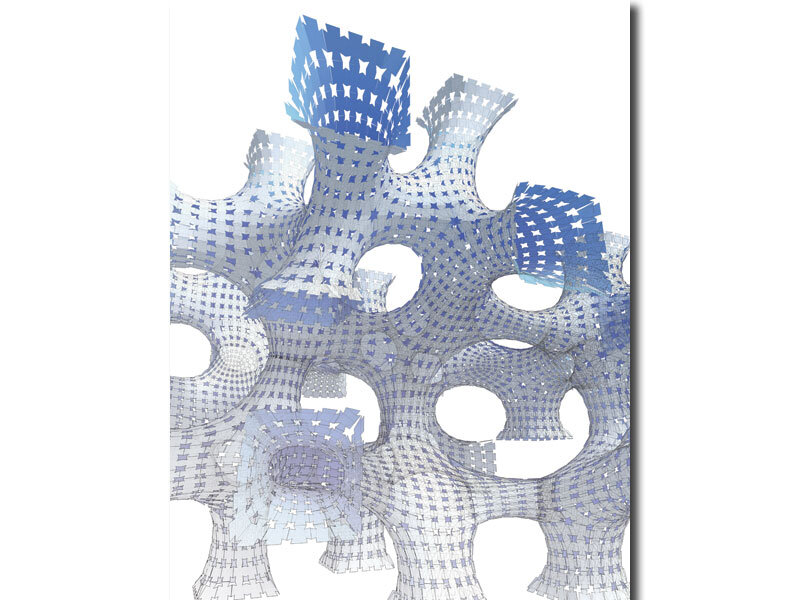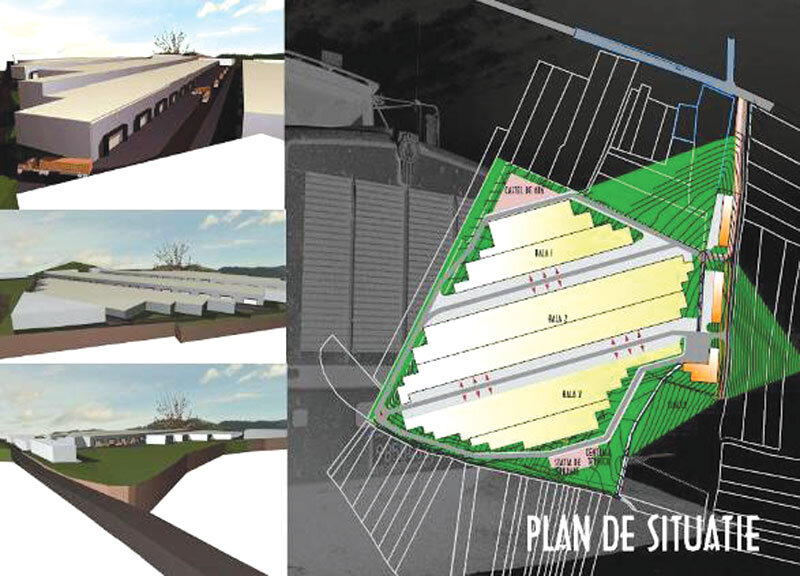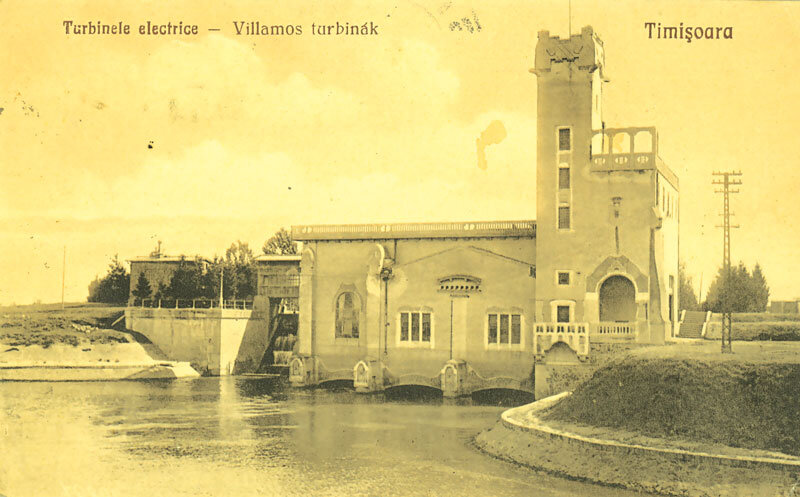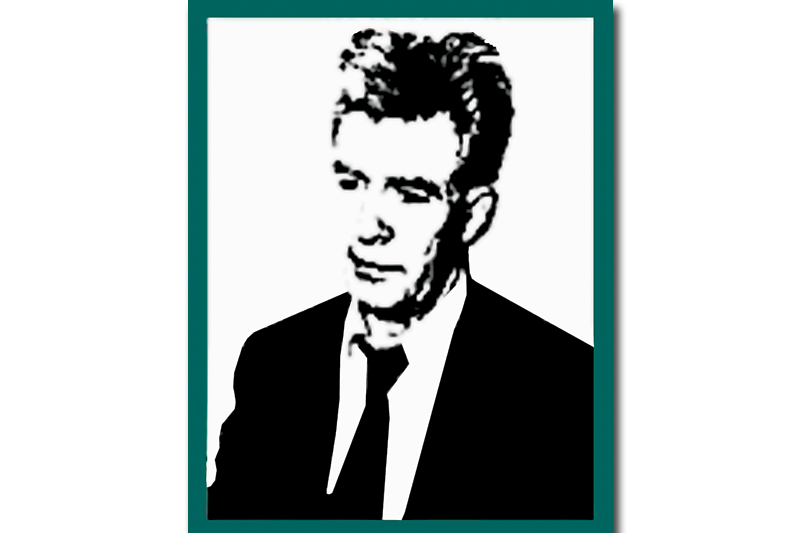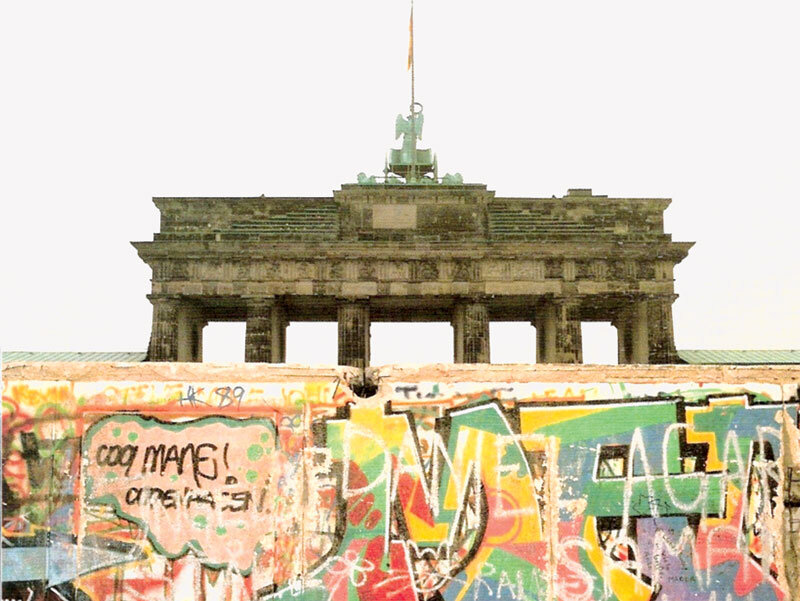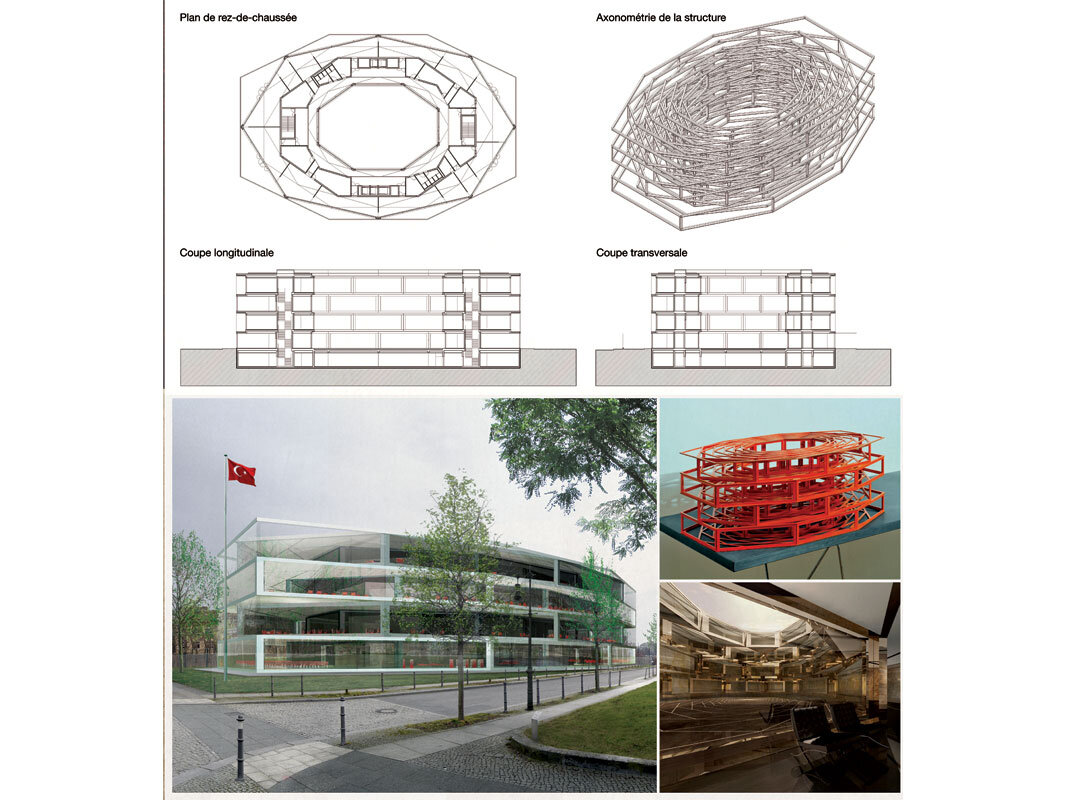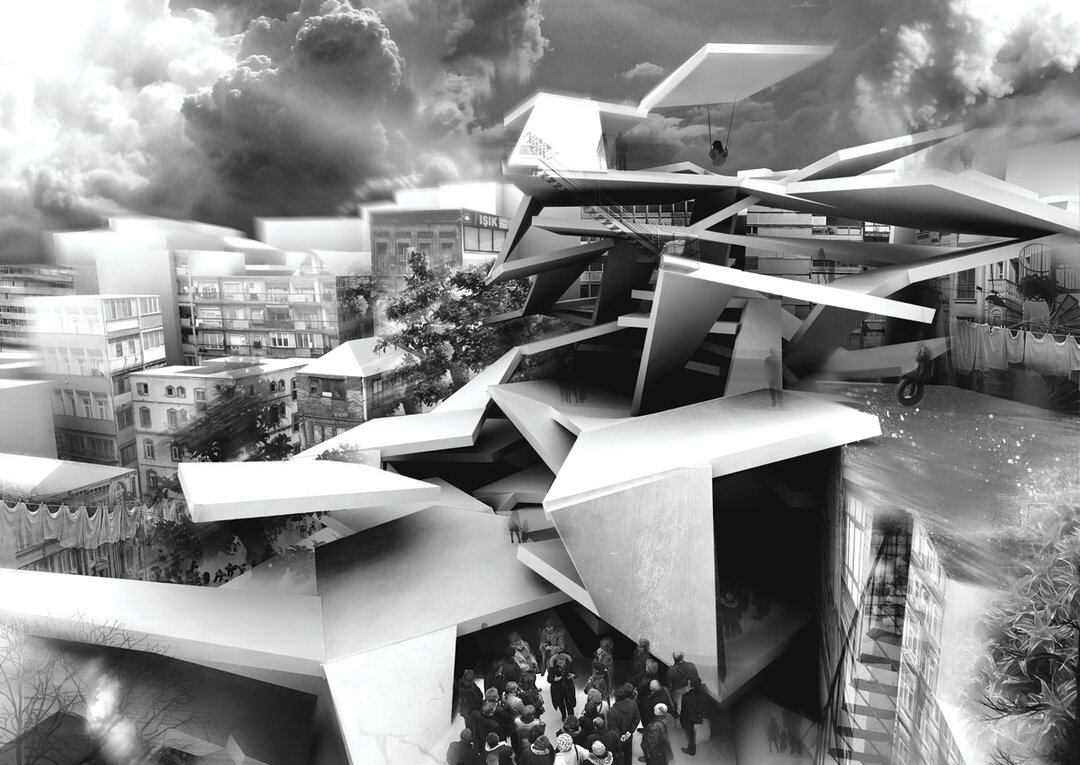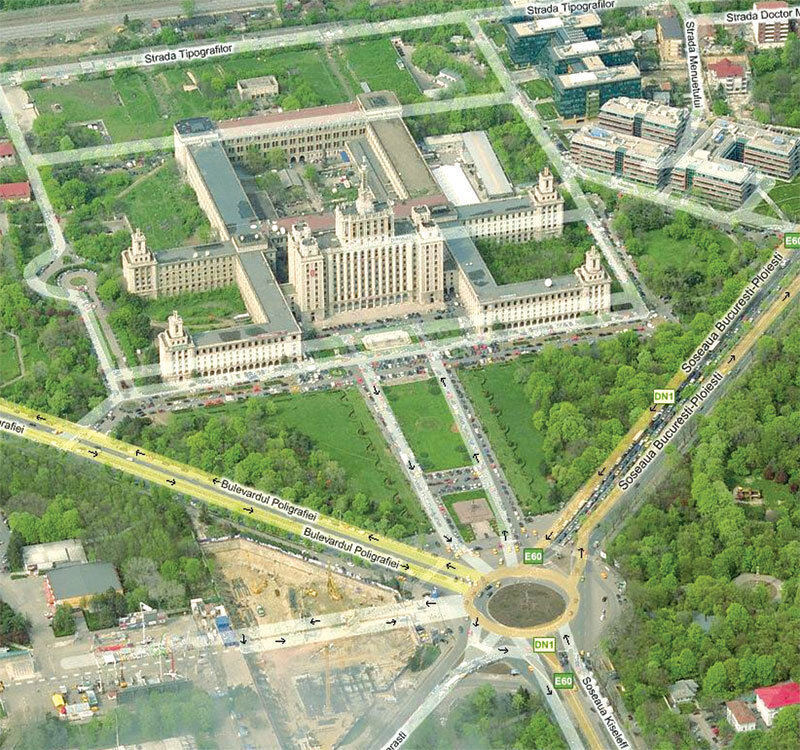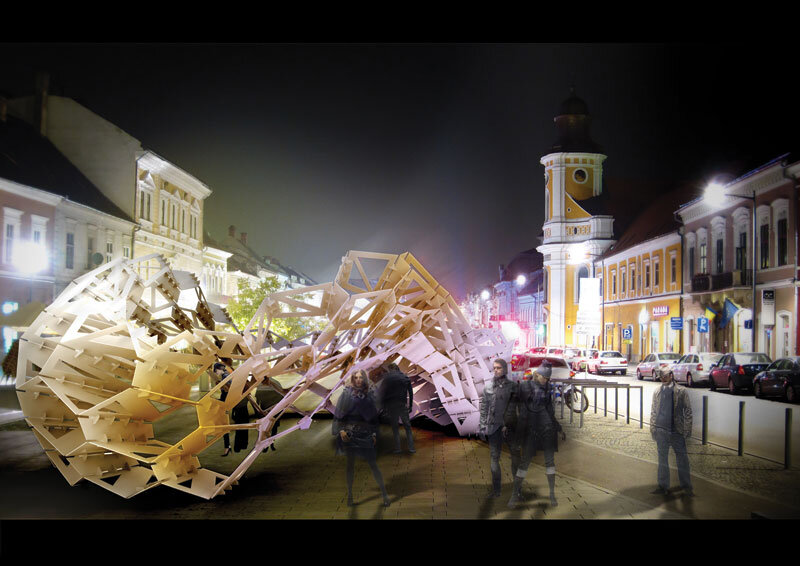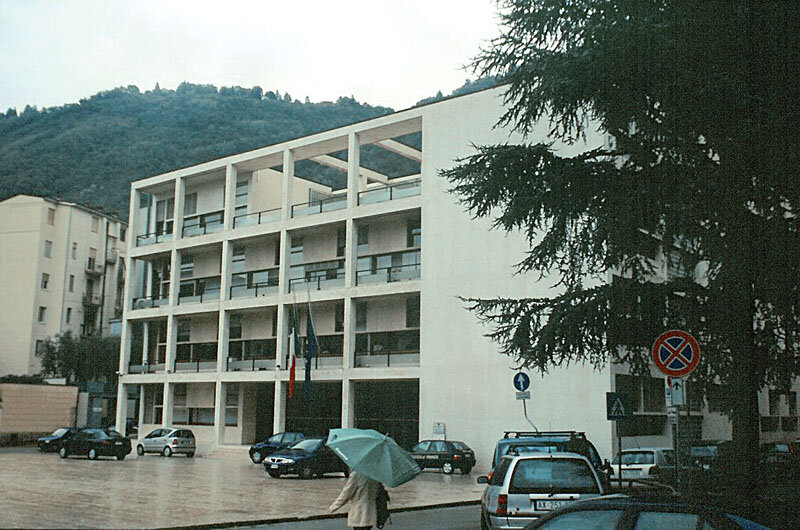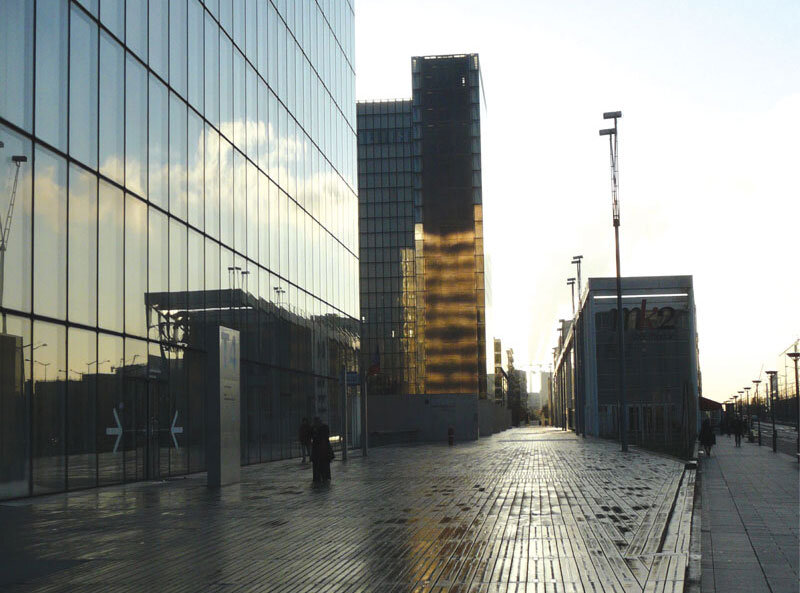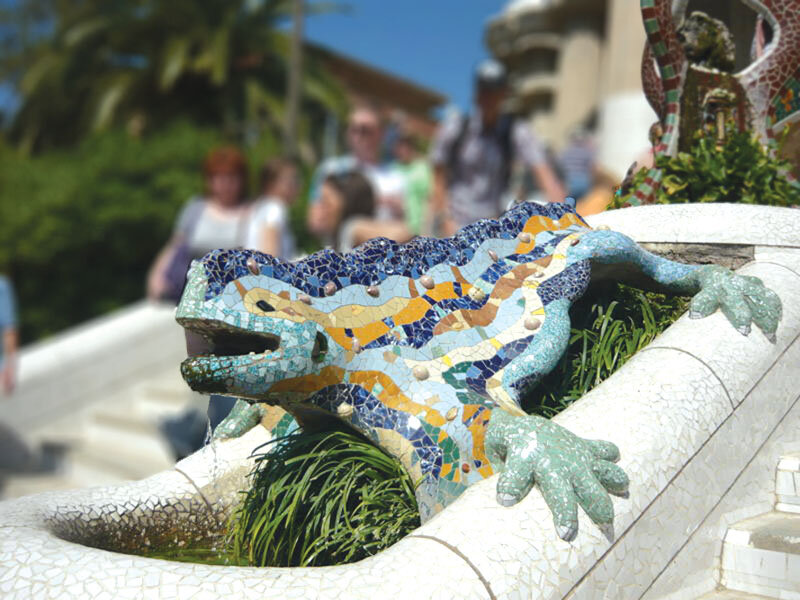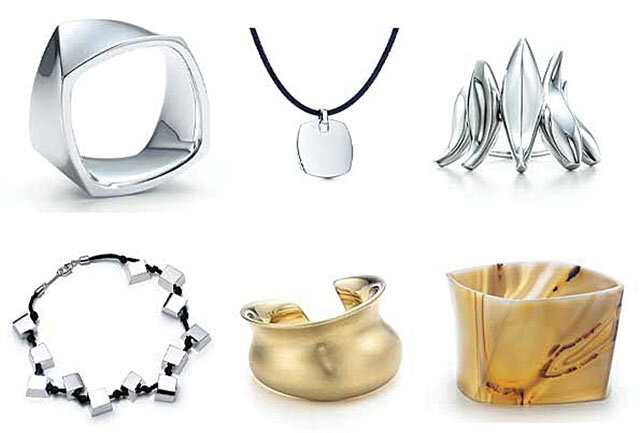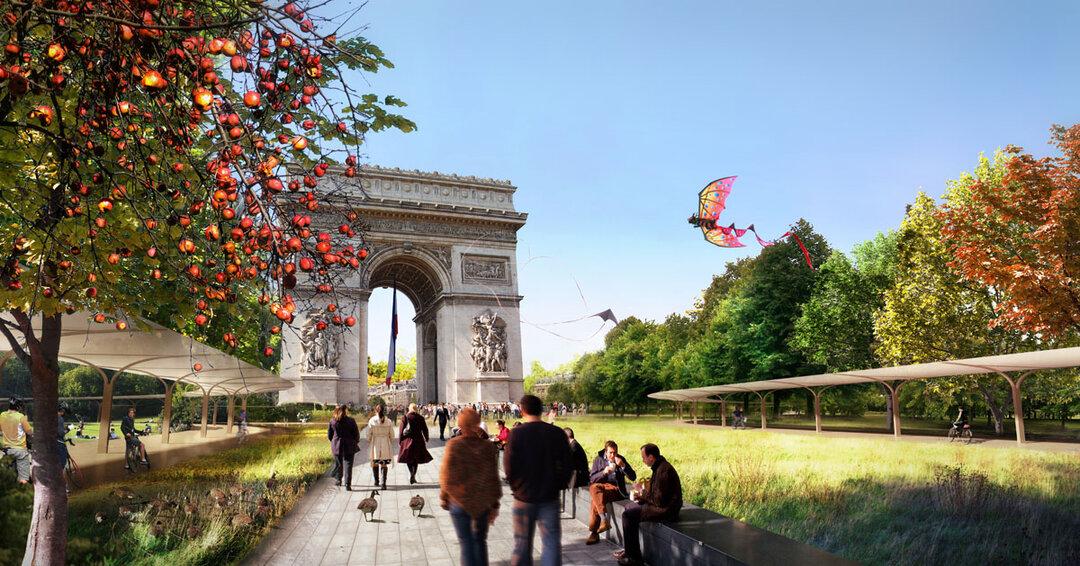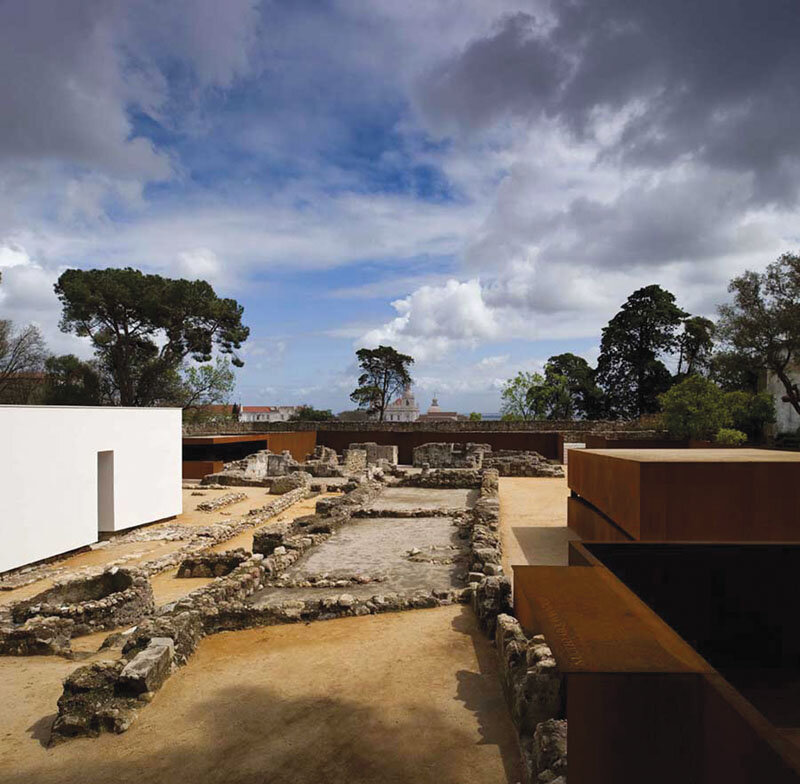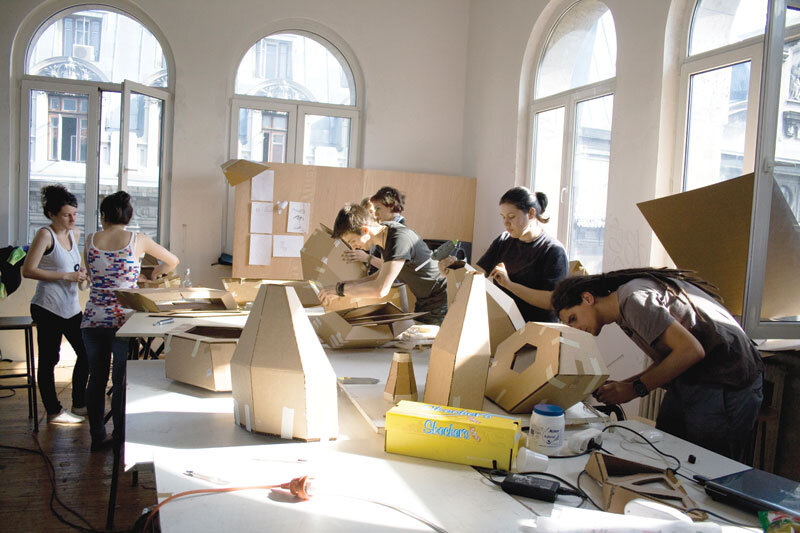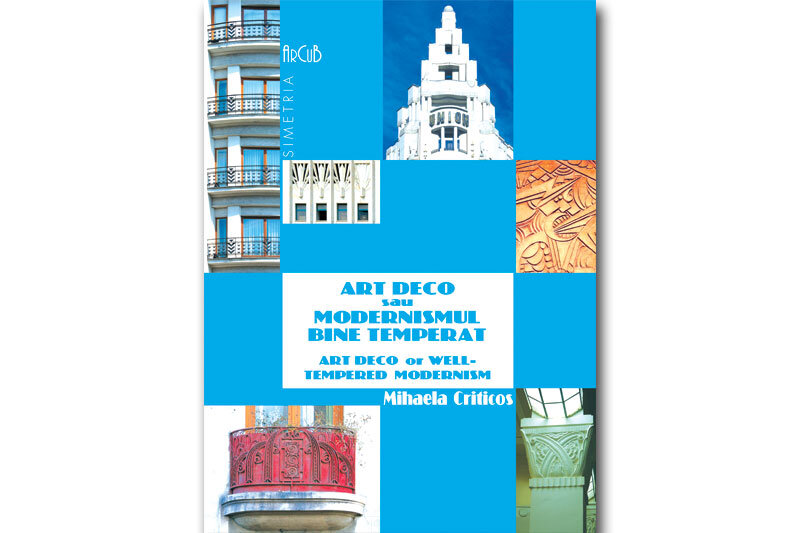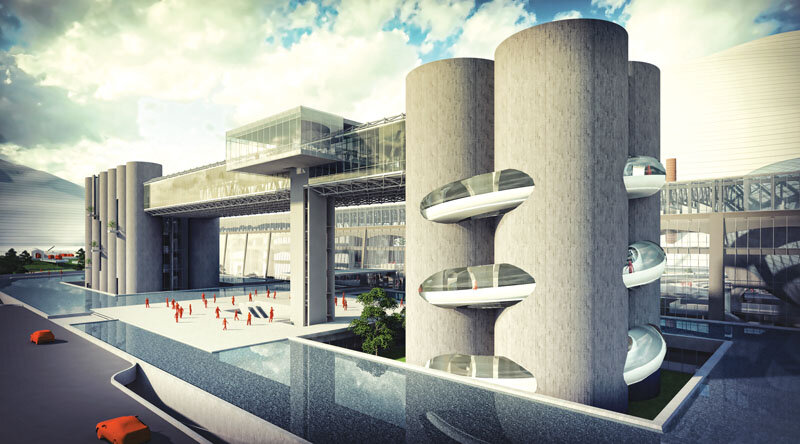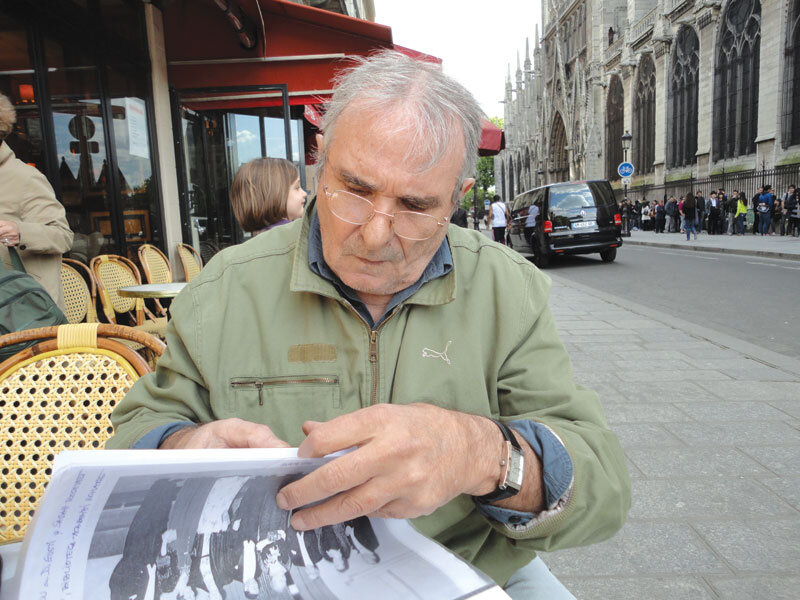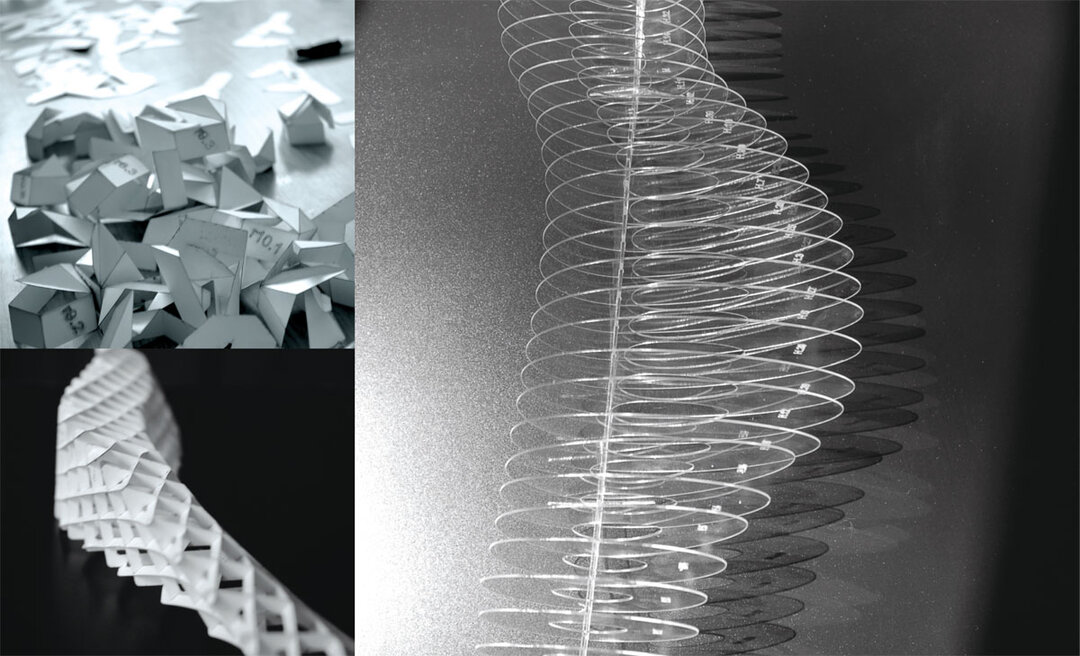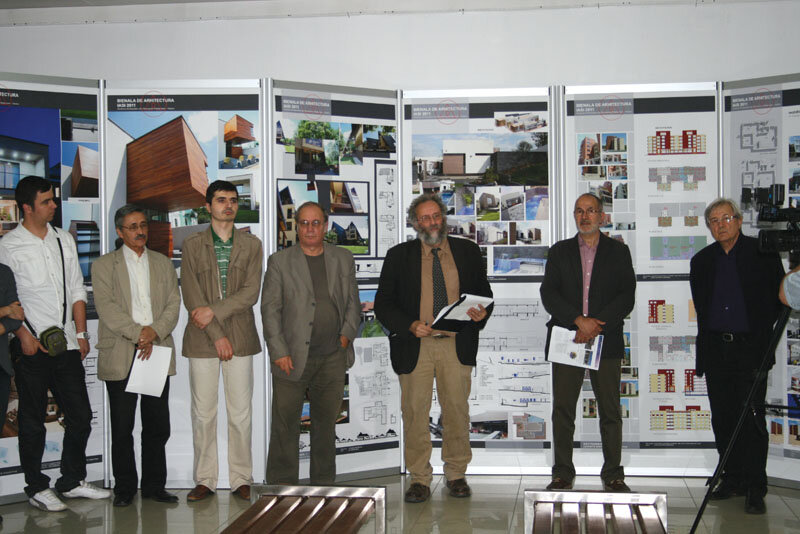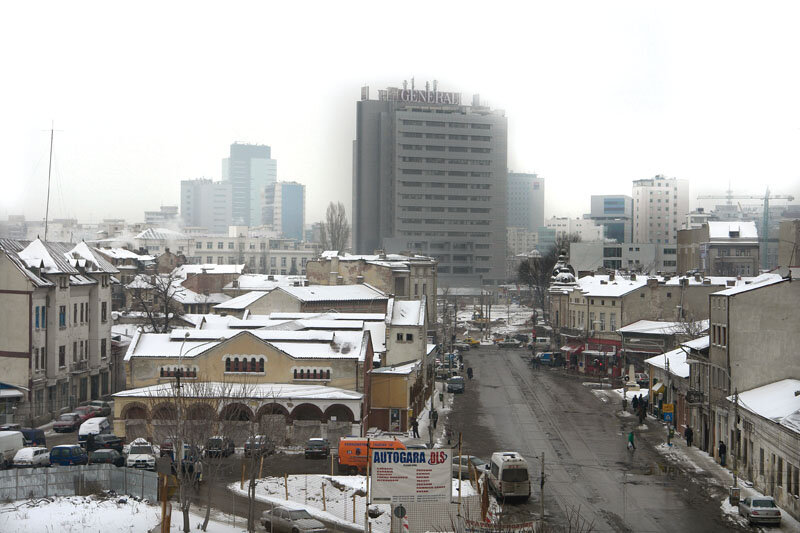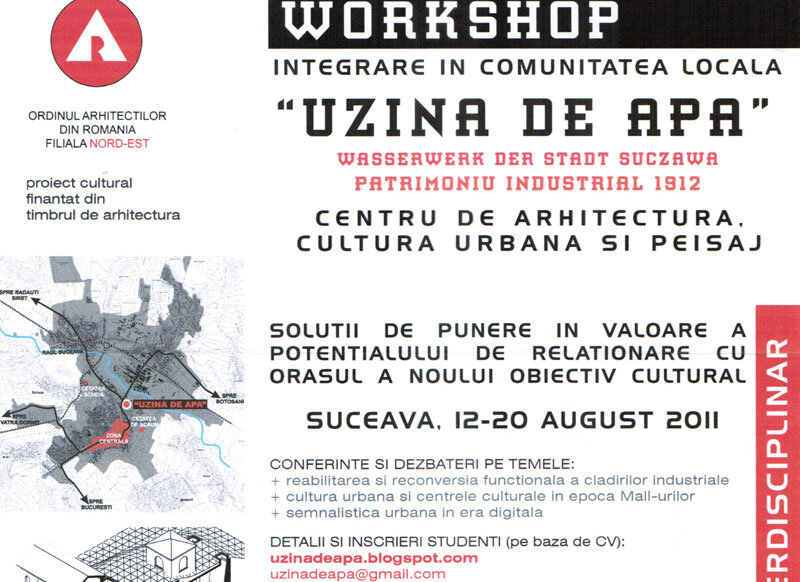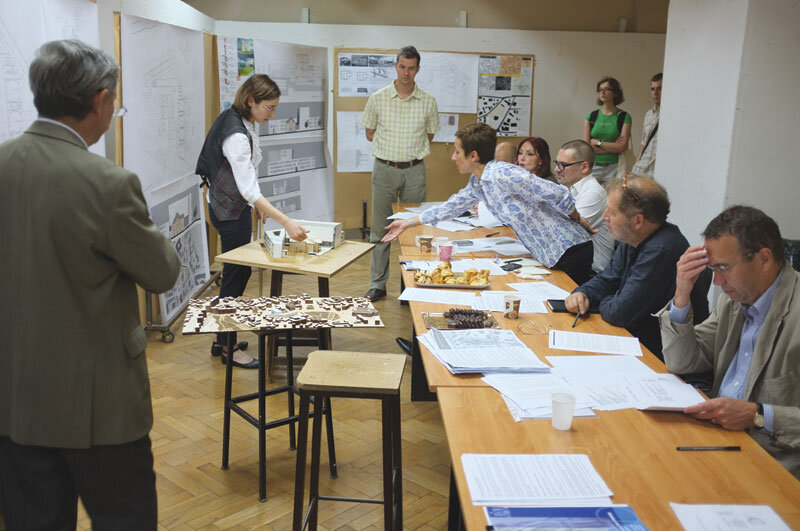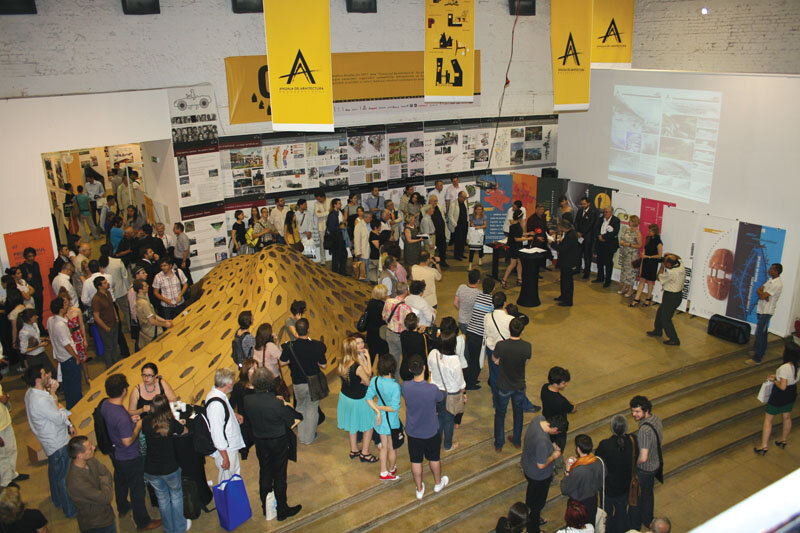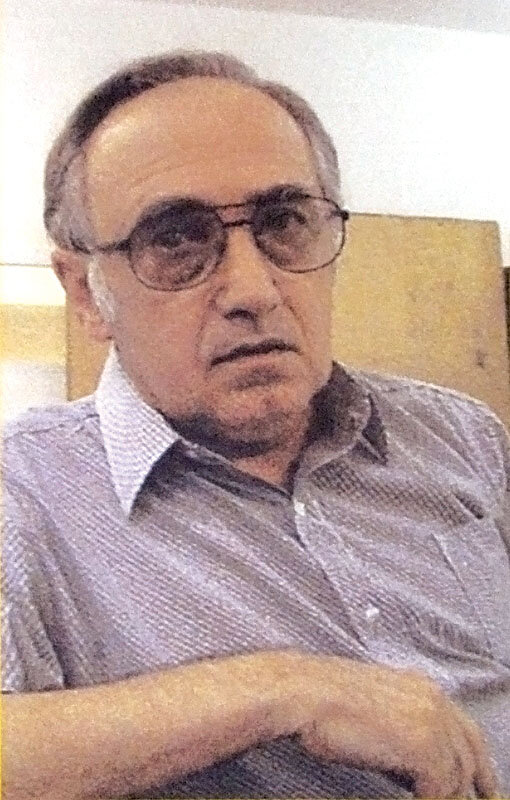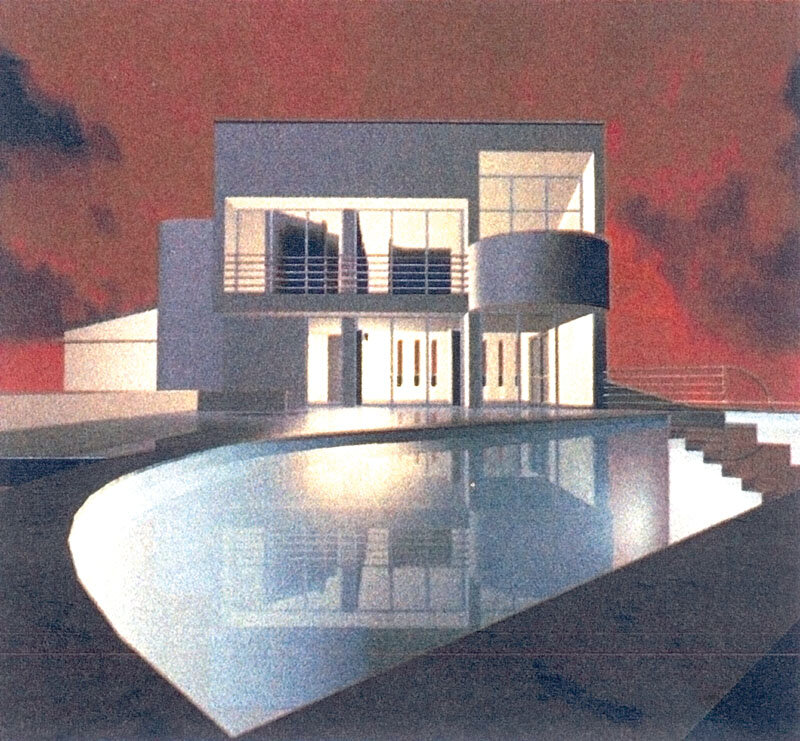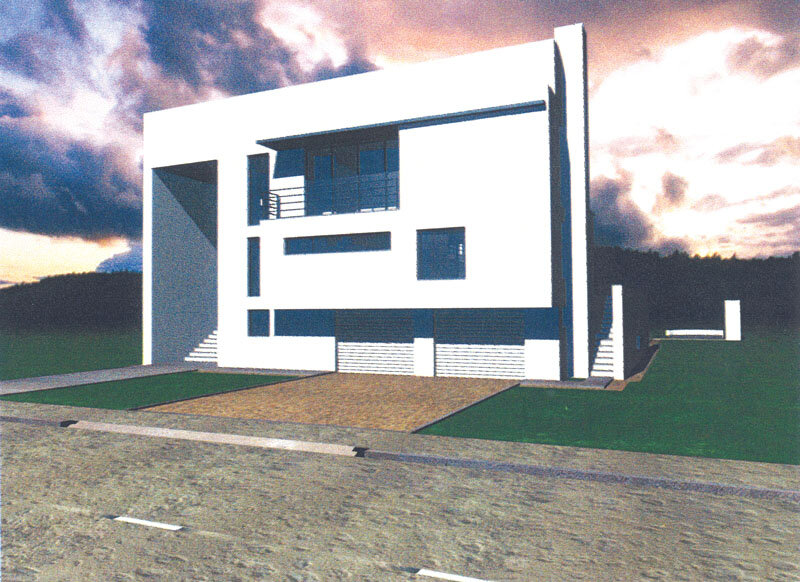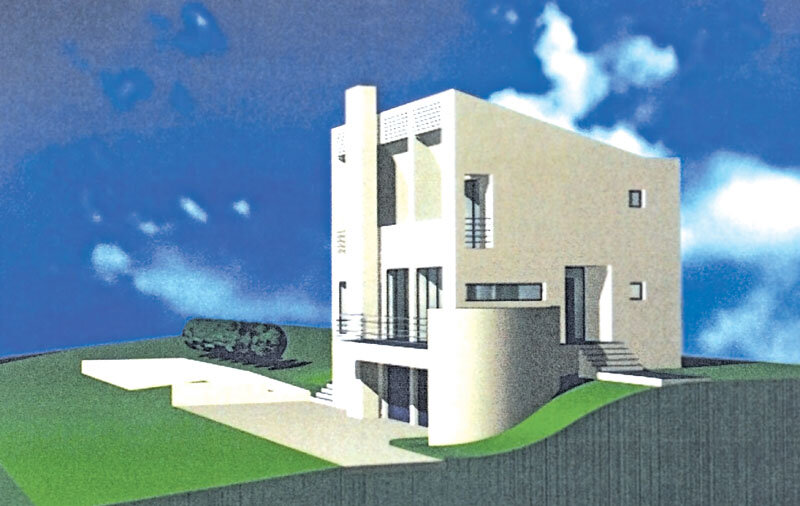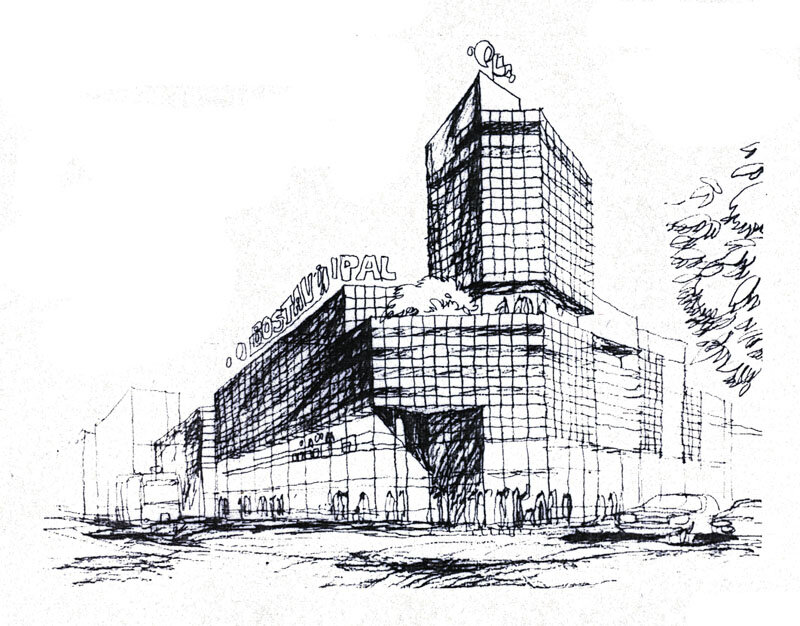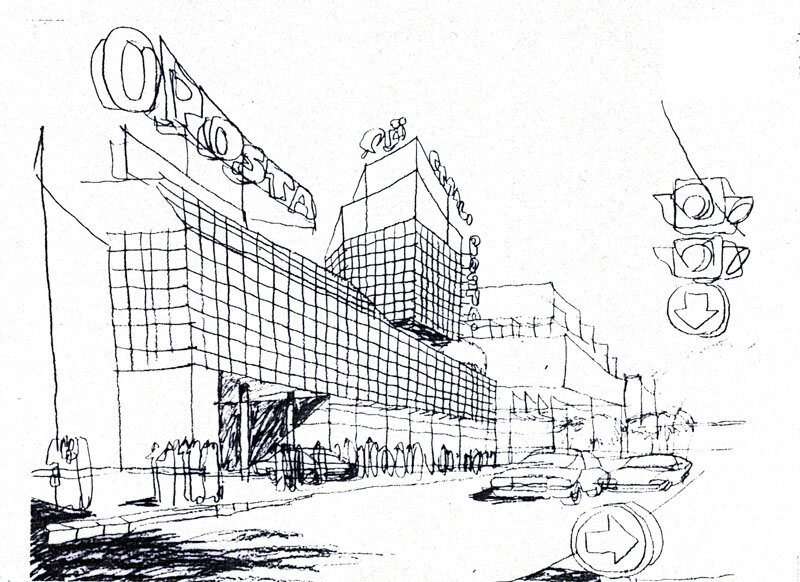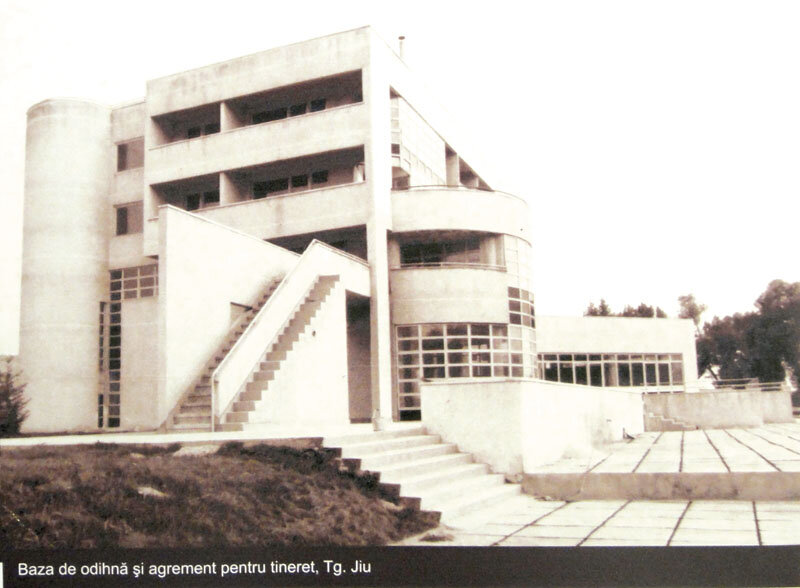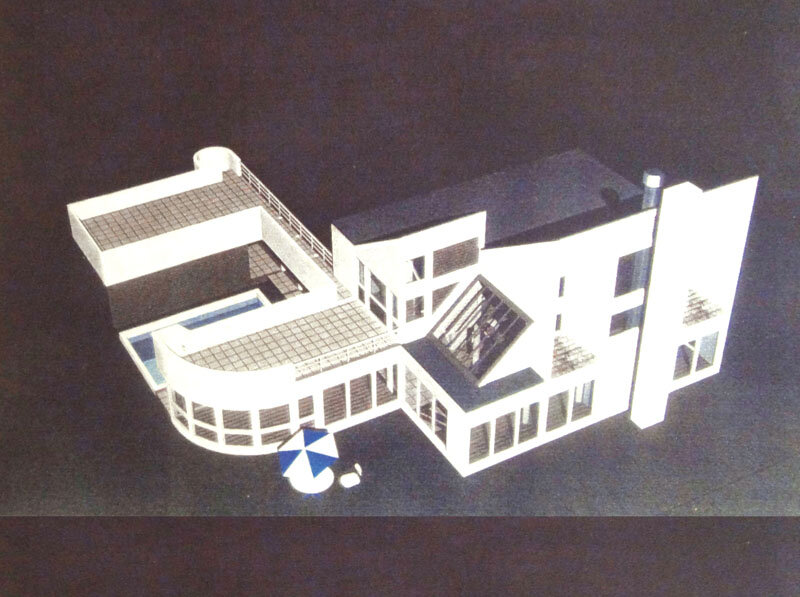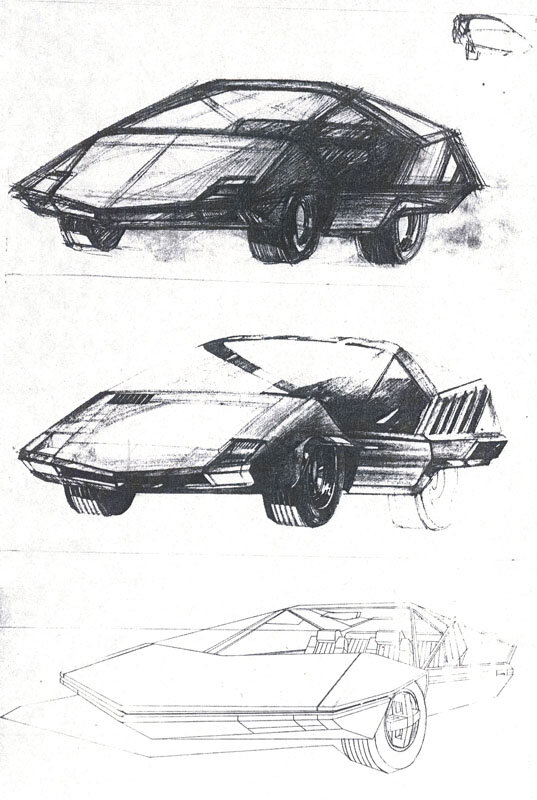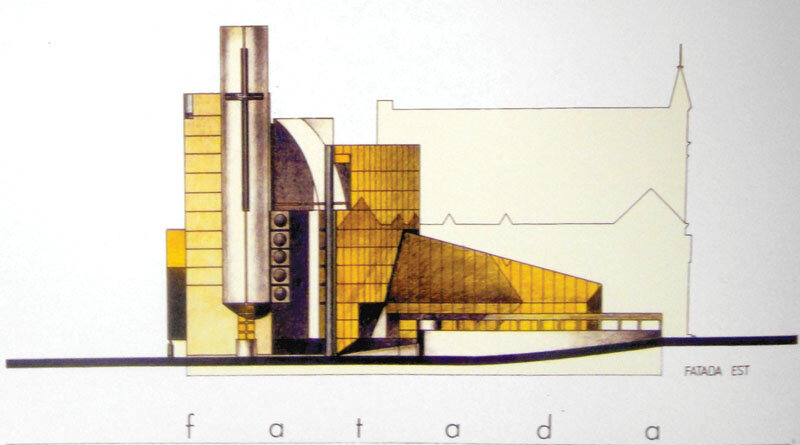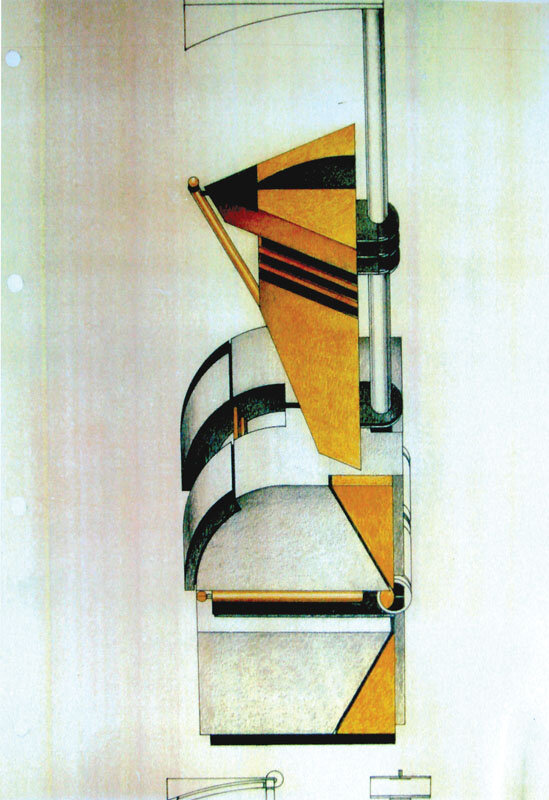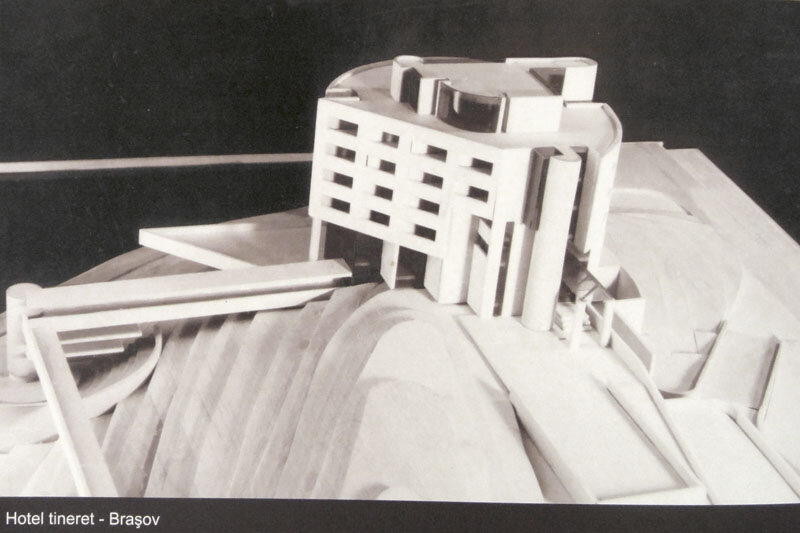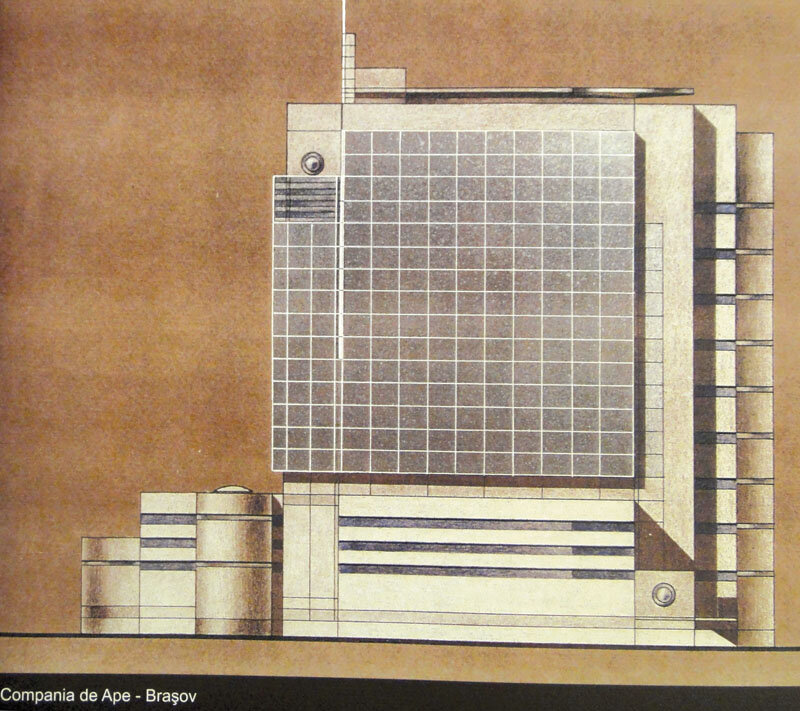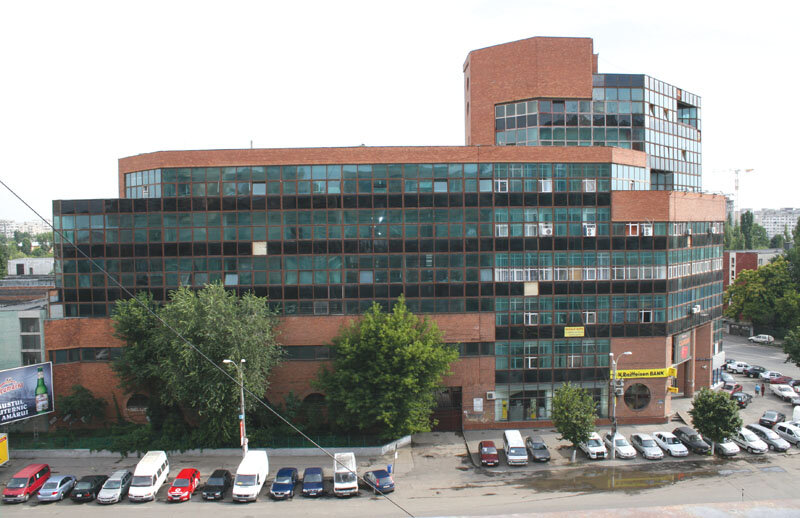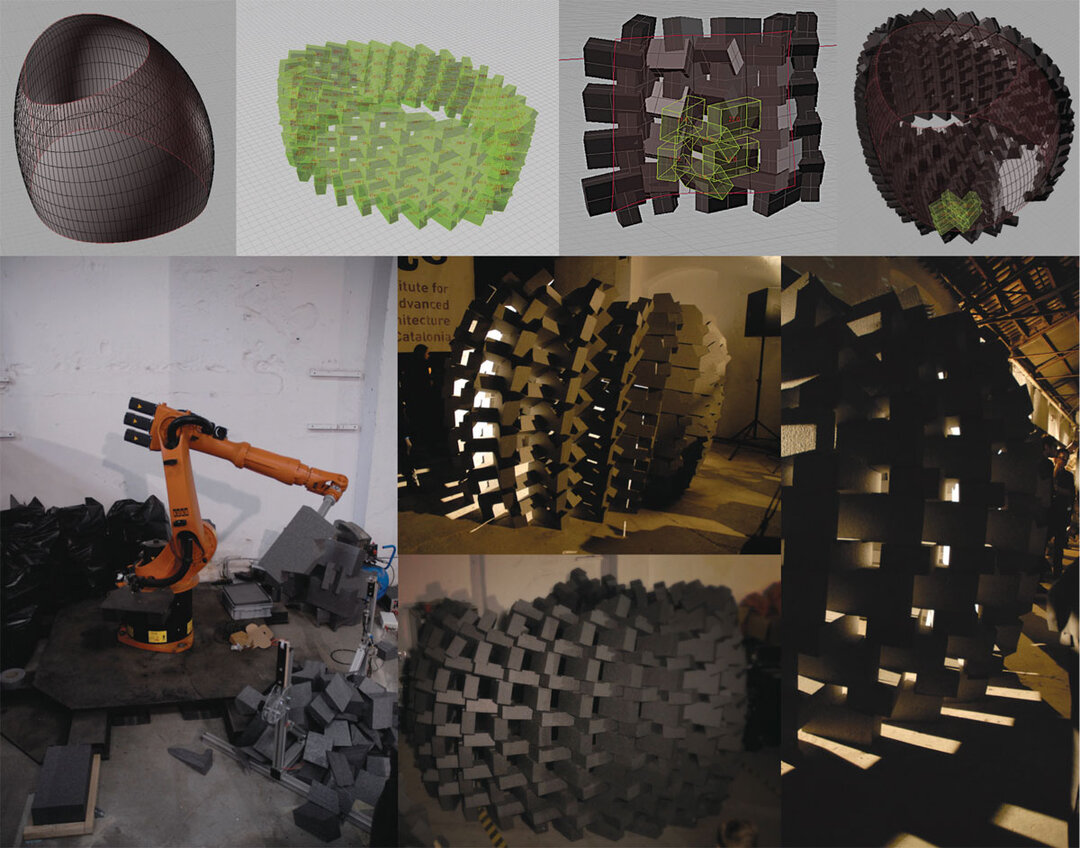
Zoltan Takacs
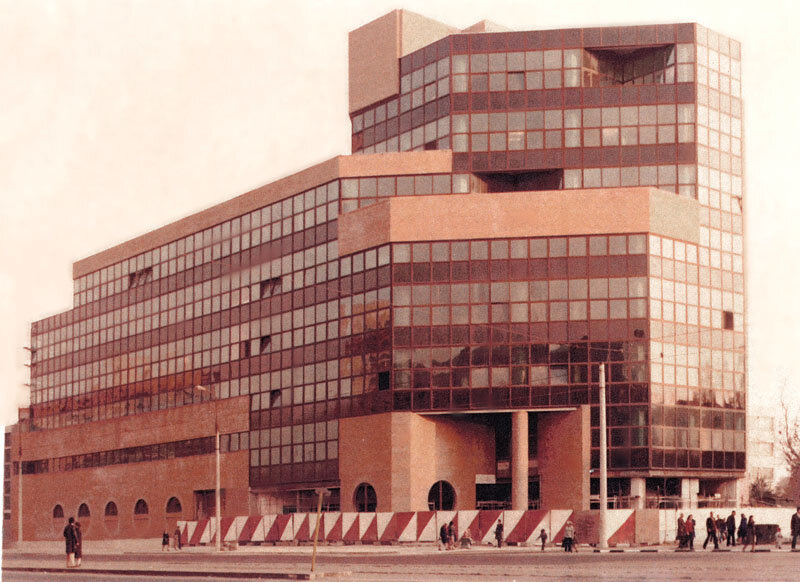
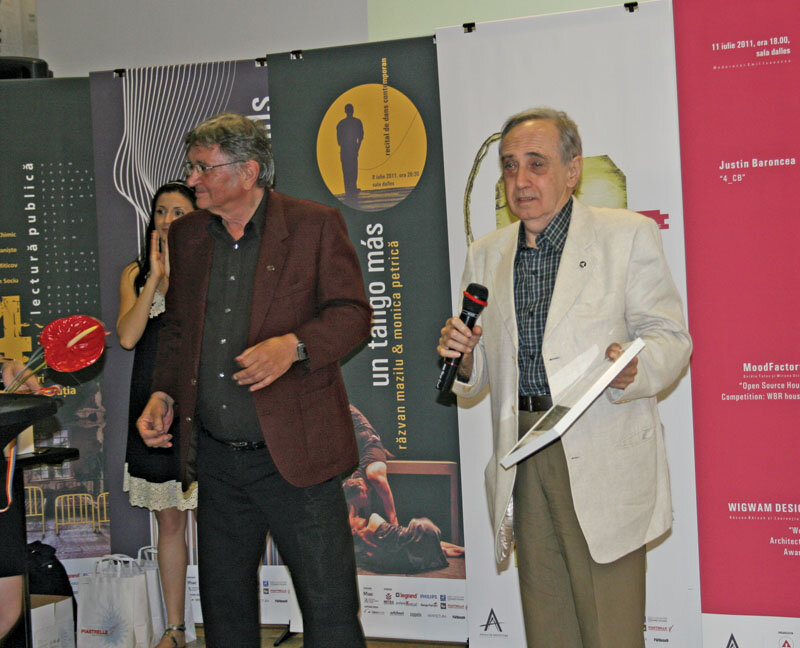
Prof. dr. arh. Dr. Zoltan Takacs is the head of the IV-V years design workshop at the "Ion Mincu" University of Architecture and Urbanism
Bucharest and Head of the Design Synthesis Department of the same university. Parallel to his teaching activity, Zoltan Takacs is also director of the architectural firm ARTEC SRL.
Zoltan Takacs was born on August 20, 1934 in Târgu Mureș. He is a graduate of the Institute of Architecture "Ion Mincu" Bucharest, and in 1989 he became Doctor of Architecture with a doctoral thesis entitled "The contribution of industrial technologies in the architecture of social-cultural and administrative buildings".
Between 1996 and 1998 he was a member of the Technical Commission for Urban and Regional Planning of the Municipality of Bucharest and a member of the Technical Commission for the Ministry of Public Works and Regional Planning.
Between 2007 and 2008 he was a member of the Technical Commission for Urban Planning at the City Hall of Sector 1 in Bucharest.
Distinctions:
01.12.2002 - National Order "Steaua României" in the rank of Knight by Decree no. 877/01.12.2002,
Patent SR/NR.CAV.284, NR.CRT. 49487
07.07.2011 - "Opera Omnia" Prize awarded by OAR within the 9th edition of the Annual of
Architecture
Interview with prof. dr. dr. arh. Zoltan Takacs, conducted by arh. Raluca Ionescu in July 2011 in Bucharest.
Raluca Ionescu: What does the prize awarded by the Order of Architects mean to you?
Zoltan Takacs: It means a lot. It means, first of all, the pleasure of being recognized by my colleagues, my former students, my former or current colleagues and so on. For me it was a real event. It is indeed an honor and a pleasure to be appreciated by colleagues. It was even a little surprise. Alongside my design work, my work at the university was, I can honestly say, a tremendous satisfaction for me, and I can boast about it.
R.I.: How do you remember the school at the beginning of your teaching career and how do you see it today?
Z.T.: School was a surprise for me. I come from the provinces. In Târgu-Mureș (I'm originally from Cluj... and I came from the cows' tail) I had everything I needed, I knew German, Hungarian, Romanian, but you know how it is, here it's Bucharest. For me, the range of teachers I found here was a fantastic surprise. That was in 1960. They were people of an extraordinary culture, civilization and professionalism, people who were a credit to this school and to the country, from bottom to top. I was also lucky to become a student of Ascanio Damian, the rector at the time. I was also lucky, to be honest, that I started working with Professor Cezar Lăzărescu as early as my faculty years (year 4-5) and he took me into his staff. He was a great personality. It was an extraordinary team and the most formidable works at that time were done by him: Otopeni Airport, the Multipurpose Hall and not to mention the dozens of hotels by the sea - Mamaia, Eforie Nord, Eforie Sud and beyond, the Chinese Embassy in Romania and many other works. We worked together for almost 10 years and, to be honest, I learned the real job there, I stole it, well, it paid me quite well for that time, not who knows what.
I was honored and lucky that I went to that college and worked there. I am honestly proud when I talk to my relatives in Germany and Hungary: "Ma, you were taken by..."; "I was not taken by anything, you know, it was like that then". There was a survey in the 60s or 70s about higher education in the former communist countries: GDR, Hungary, Czech Republic, Poland. In Romania, there were two world-class faculties: the Faculty of Medicine in Bucharest and the Ion Mincu School of Architecture, also in Bucharest. There was a palette of exceptional professors: Duiliu Marcu, Alifanti,
Doicescu... Academician Doicescu. I was lucky enough to be his assistant for four years. It is known that, in 1939, Professor Doicescu won an international competition for an exhibition pavilion in New York and was awarded a prize by the then President of the United States. From then until his death in 1981 he received a New Year's card from the Oval Office every year. There was never anything like it. They were great people. Very many of them worked before World War II in England, in France. I had a math professor who ended up valedictorian at the Sorbonne. These were professors. Who else was... Petre Antonescu! So that's what intellectuality meant at that time. And to be honest, I had the chance to be Damian's pupil, to work in Cezar Lăzărescu's team and to be Doicescu's assistant. They were people..., well, the material conditions were different, not like now. I'm trying to suggest my system of thought, of judgment. For me the high school and the technical school of construction in Târgu-Mureș was an event, where I got some connection with the profession, but here I learned the right things.
I have here a notebook with some works of the teachers from the faculty, when Ascanio Damian was rector, and at one point he gave us a kind of sketch to all the assistants. On my word of honor. And unfortunately there were some who were also kicked out of the faculty. At that time there were professors Peter Derer, Victor Ivaneș, Iurov Cozma, Apostol Eugen, Marcu Vasile, Ochinciuc Mircea, Olteanu Toma, Takacs Zoltan, Tănăsoiu Radu and many others. Looking at my work, I liked to play the great. The others were doing banal stuff. Even back then there were bugs in my head and I was very much appreciated by Ascanio Damian, I even got a prize. That was in 1969. So you realize I liked architecture. I already knew Richard Meier and Le Corbusier, who I loved. You should know that before the Second World War, Bucharest was called Little Paris, and not for nothing. And now you still find surprising images. Foreign architects come and I take them around the city. There's a house on Calea Victoriei, a music store. Opposite the Muzica, on the other side, there's a block of flats with a concave facade. Extraordinary! And now, if you take a look, it impresses you. Formidable! Not to mention Horia Creangă and other great architects, people with a formidable evolution for those times. Horia Creangă also worked in France and elsewhere. I am telling you these things so that you know where I am looking and what a great surprise it was for me too when I came from Transylvania to Bucharest.
This is how 21st century architects must think. Of course there are some who have stayed with the Gothic era, that's fine, no problem, but you have to look forward. I tell my students: "You must learn, that when your time comes, you will have to design UFOs".
Read the full interview in issue 3 of Architecture magazine

